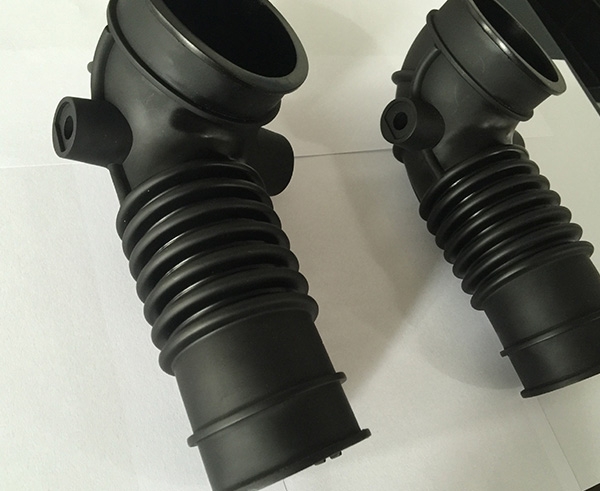阐述一下塑胶手板制作加工如何减少缺陷
release date:2022-01-02 author:凌锐 Click:
塑胶手板制作加工如何减少缺陷?模具小编就来告诉您答案。
1、合理使用冷却润滑液,发挥冷却、洗涤、润滑的三大作用,保持冷却润滑清洁,从而控制磨削热在允许范围内,以防止工件热变形。改善磨削时的冷却条件,如采用浸油砂轮或内冷却砂轮等措施。将切削液引入砂轮的中心,切削液可直接进入磨削区,发挥有效的冷却作用,防止工件表面烧伤。
2、将热处理后的淬火应力降低到最低限度,因为淬火应力、网状碳化组织在磨削力的作用下,组织产生相变极易使工件产生裂纹。对于高精度模具为了消除磨削的残余应力,在磨削后应进行低温时效处理以提高韧性。

3、消除磨削应力也可将模具在260~315℃盐浴中浸1.5min,然后在30℃油中冷却,这样硬度可下降1HRC,残留应力降低40%~65%。
4、对于尺寸公差在0.01mm以内的精密模具的精密磨削要注意环境温度的影响,要求恒温磨削。由计算可知,300mm长的钢件,温差3℃时,材料有10.8μm左右的变化,(10.8=1.2×3×3,每100mm变形量1.2μm/℃),各精加工工序都需充分考虑这一因素的影响。
5、采用电解磨削加工,改善模具制造精度和表面质量。电解磨削时,砂轮刮除氧化膜:而不是磨削金属,因而磨削力小,磨削热也小,不会产生磨削毛刺、裂纹、烧伤等现象,一般表面粗糙度可优于Ra0.16μm;另外,砂轮的磨损置小,如磨削硬质合金,碳化硅砂轮的磨损量大约为磨削掉的硬质合金重量的400%~600%,用电解磨削时,砂轮的磨损量只有硬质合金磨除量的50%~100%。




